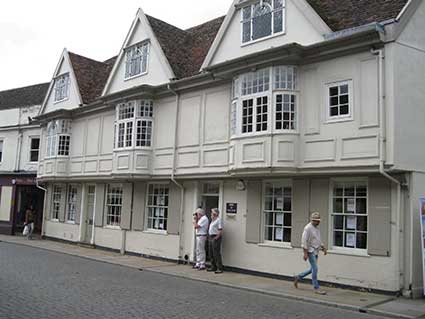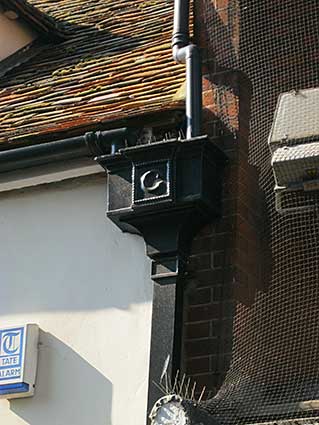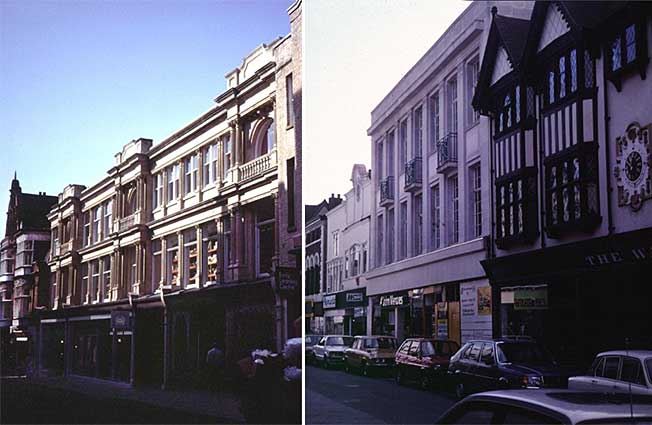30
Butter Market

Above: from Ipswich in 1912: King Edward Memorial Sanatorium EADT Souvenir book
For an early 1860s photograph of the Ancient House by John Wiggin, see our Wiggin & Son page.


 2024 image
courtesy Mandy Gaylard
2024 image
courtesy Mandy Gaylard
 2014 images
2014 images 1867
map
1867
map
 2019
images
2019
images







 Photograph
courtesy The Ipswich Society Image Archive
Photograph
courtesy The Ipswich Society Image Archive
 1980s
image
1980s
image  2024 view
2024 view  Image courtesy of The Ipswich Society's
Image Archive
Image courtesy of The Ipswich Society's
Image Archive

 2024 images
2024 images

 2019
image
2019
image Another example of a Sun Fire Office plate.
Another example of a Sun Fire Office plate. 1930
1930  1881
1881
 1936
advertisement
1936
advertisement 
 1845
1845



 2014 image
2014 image
 2019 images
2019 images 2016 image courtesy The Ipswich Society
2016 image courtesy The Ipswich Society
 1909 map
1909 map 1982/3
images courtesy Ipswich Society
1982/3
images courtesy Ipswich Society
